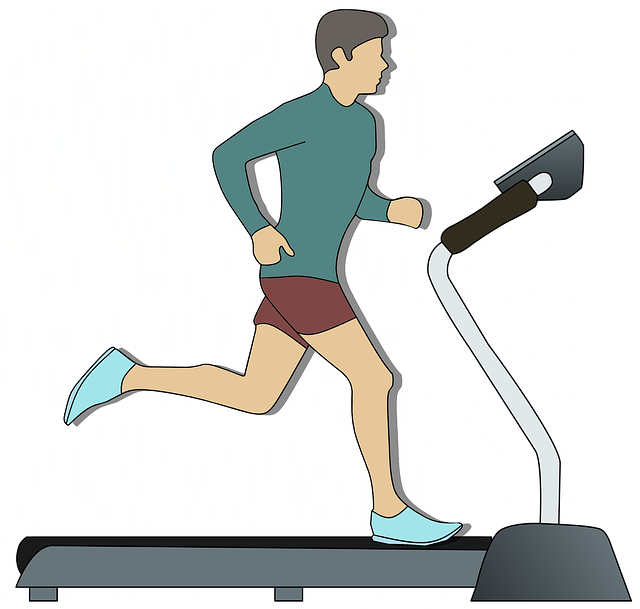Training for competitive race at certain times of the year present peculiar challenges. For example, individuals taking part in competition scheduled for the spring must do virtually all their training the preceding winter. Training for competitive running outdoors in freezing cold winter temperature is the main challenge that must be overcome. The heavy winter shoes and having to wear several layers of clothing to keep warm also hinder good workouts at this time. The icy roads and the fewer daylight hours do not help as well. For most people, the obvious solution would be to train on the treadmill indoors.

Advantages of Treadmill Training for Competitive Running
Apart from having to overcome the inclement weather conditions during winter, training for competitive running on a treadmill have other advantages. It is easier to run on a treadmill since there is no headwind to fight against. You can also get in form for a competition by gradually increasing your running tempo until you reach the pace you wish to attain on the race day. This can be achieved by increasing the speed on the treadmill until you hit your target pace.
Your lactate threshold normally increases as your tempo get higher, forcing you to hold your pace for longer and longer. Treadmill training provides a predictable platform, rather than the variable terrain that a runner faces when training outdoor on rugged surfaces. You can read treadmill reviews at Shop Farinellis, in order to identify the best treadmill for your own needs.
Treadmill Training Ideas
It is possible to get a good hill-like workout on the treadmill. Uphill running activates more muscles than exercising on level ground at the same relative intensity. By using the ‘incline’ button on the control panel you can simulate the condition of running on a grade. Although it is harder and your pace is slower than running on a flat surface, you can build stronger leg muscles and increase your fitness level significantly.
It can be boring to train on the treadmill for prolonged periods, and yet this is essential, especially if you are training for a marathon competition. One way of overcoming this is to look for a training partner who can help keep you on track while those long sessions go by. You can engage your training partner in a conversation during these sessions if you are working out on treadmills next to each other. Just ensure that you are not running so fast that it is difficult to keep up with your conversation.
Another idea is to go into a competition with your training partner if both of you are of similar running ability. This keeps you motivated and helps you train for much longer on the treadmill than if you were training alone. Music can be uplifting. Listening to some of your favourite songs while on the treadmill can help you overcome the boredom. You can invest in a good music player, tune your TV to a music channel or even use your phone. Above all, you should add variety to your training sessions by experimenting with different programs available on your treadmill. The longer the distance you have to cover on the race day, the harder you have to work out on the treadmill. However, when you eventually hit the road on the day of your big event, it should be much easier than your time on the treadmill.
Health and Fitness Benefits of Running
Running is one of the most effective ways of exercising the heart muscle and energizing the circulatory system. It is therefore not surprising that people who run regularly are less prone to cardiovascular events such as heart attack and stroke.
Similarly, by improving blood flow to the brain, running increases mental alertness and enhances ability to cope with stress. Elderly people who engage in regular running exercise are able to ward-off or delay the onset of age-related cognitive decline
Running is also great for burning calories and shedding excess weight. Running regularly keeps obesity at bay and makes the individual less vulnerable to cancer-related illnesses. In addition, running builds leg muscles, keeps the body mass index in check and prevents knee pain by taking off the extra body weight on the knee joints.

